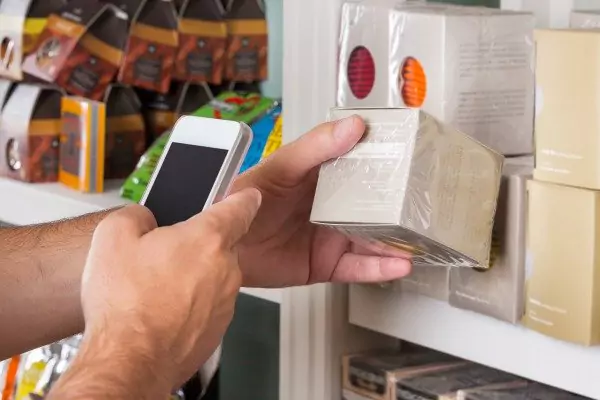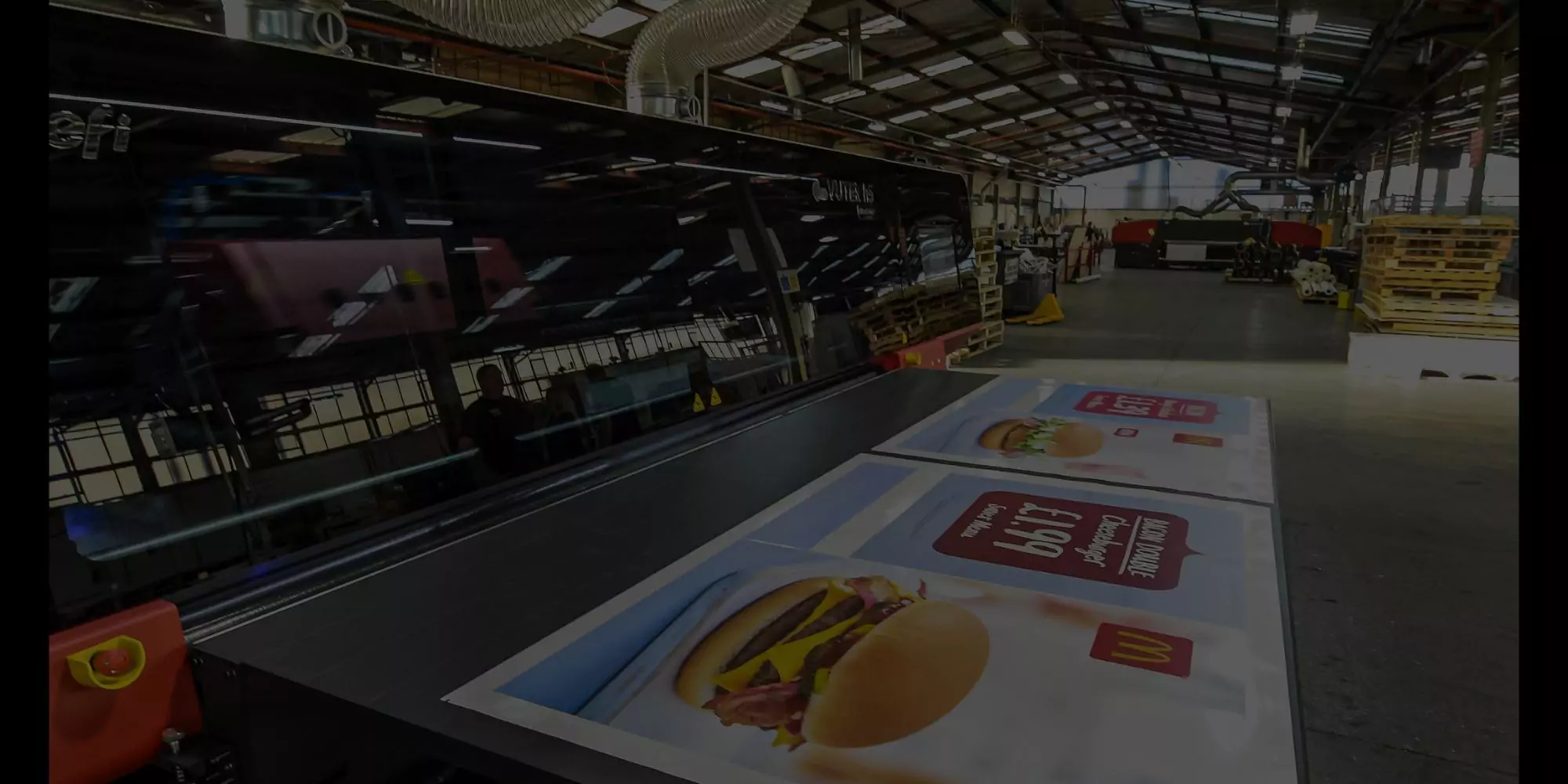
Omni-channel retailing is the evolution of multi-channel or cross-channel and is concentrated on the continuity of the consumer’s experience through all available shopping channels. These shopping channels include physical stores, laptops, mobiles, magazines, direct mail, catalogues etc.
The omni-channel consumer wants to use a variety of channels to browse, research, purchase a product and even review the bought product. They might use stores as showrooms, purchase online and then receive delivery information via mobile. With the rise of evolutionary innovations such as smartphones, 4G, and Wi-Fi, technology is transforming the way we shop and the way we communicate. This is resulting resulting in consumers becoming a lot more demanding and expecting everything to be readily available at their fingertips.
A study by eBay shows that consumer buying patterns are sometimes the complete opposite; 31% of shoppers visit the store then make the purchase online whereas 34% research online and then purchase in-store.
What does this mean for brick-and-mortar stores?
- The lines between online and offline shopping are merging as consumers hop from channel to channel.
- There can no longer be channel specific promotions – consumers expect the same offers irrespective of channel.
- Consumers will have done their research before they cross the threshold, so store employees are expected to be more knowledgeable about the merchandise.
- The need for continuous experience across all touch points, from brand to devices, is becoming more noticeable.
- Increasing in-store revenues will be the biggest challenge for retailers and by integrating mobile will be the glue for this.
- The physical store is no longer just about the merchandise, it’s also about the brand. Branded technology, branded employees, branded graphics, branded windows – creating a consistent view across all channels


